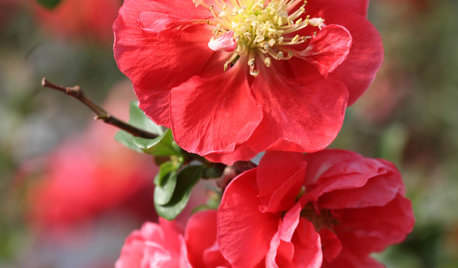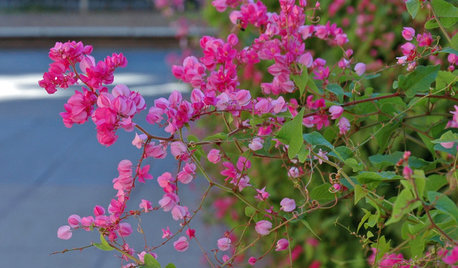Botched Winterizing of Jap Maple Seedlings- Help?
thornslack
13 years ago
Related Stories

TREES11 Japanese Maples for Breathtaking Color and Form
With such a wide range to choose from, there’s a beautiful Japanese maple to suit almost any setting
Full Story
LIFEHard Winter? 9 Ways to Battle Cabin Fever
We know a lot of you are trapped where it just won’t stop snowing. Here are some ways to survive
Full Story
EDIBLE GARDENSSummer Crops: How to Grow Tomatoes
Plant tomato seedlings in spring for one of the best tastes of summer, fresh from your backyard
Full Story
WINTER GARDENINGCalifornia Gardener's January Checklist
Winter-defying blooms and pruning saws earn a cheer, while California-focused gardening design books get a well-deserved shout-out
Full Story
GARDENING GUIDESSouthwest Gardener's March Checklist
Dust off your gardening tools and get busy pruning to help your trees and plants reach their full potential
Full Story
LANDSCAPE DESIGNThe Unparalleled Power of Trees
Discover the beauty and magic of trees, and why a landscape without them just isn't the same
Full Story
FALL GARDENINGWhy Fall Is the Best Time for Planting
Spring is overrated for planting. Starting plants in autumn has advantages for both garden and gardener
Full Story
FALL GARDENING6 Trees You'll Fall For
Don’t put down that spade! Autumn is the perfect time for planting these trees
Full Story
ARBOR DAY8 Reasons to Plant a Great Tree
Beauty is its own reward, but the benefits of planting the right tree in the right place go way beyond looks
Full Story
FALL GARDENING7 Reasons Not to Clean Up Your Fall Garden
Before you pluck and rake, consider wildlife, the health of your plants and your own right to relax
Full Story





mafle
gardengal48 (PNW Z8/9)
Related Professionals
Fort Lee Landscape Architects & Landscape Designers · Burien Landscape Contractors · Golden Landscape Contractors · Kearny Landscape Contractors · Middletown Landscape Contractors · Munster Landscape Contractors · Suitland Landscape Contractors · Brooklyn Park Fence Contractors · Citrus Heights Fence Contractors · Fair Oaks Fence Contractors · Framingham Fence Contractors · Mount Pleasant Fence Contractors · Olney Fence Contractors · Queen Creek Fence Contractors · Westmont Fence Contractorsmafle
mafle
tapla (mid-Michigan, USDA z5b-6a)
thornslackOriginal Author
mafle
mafle